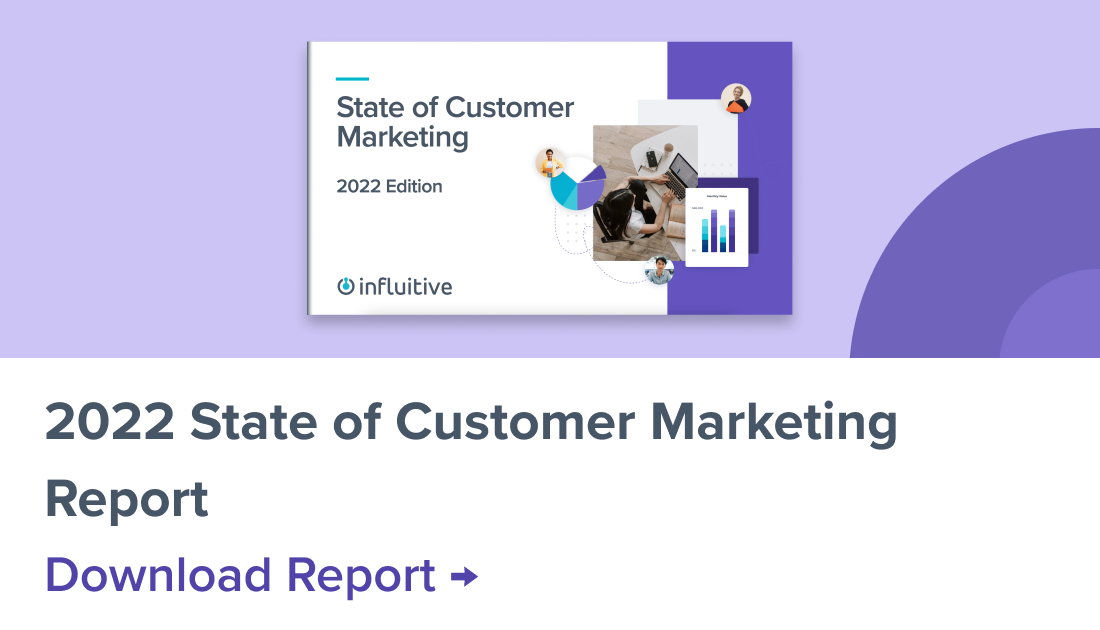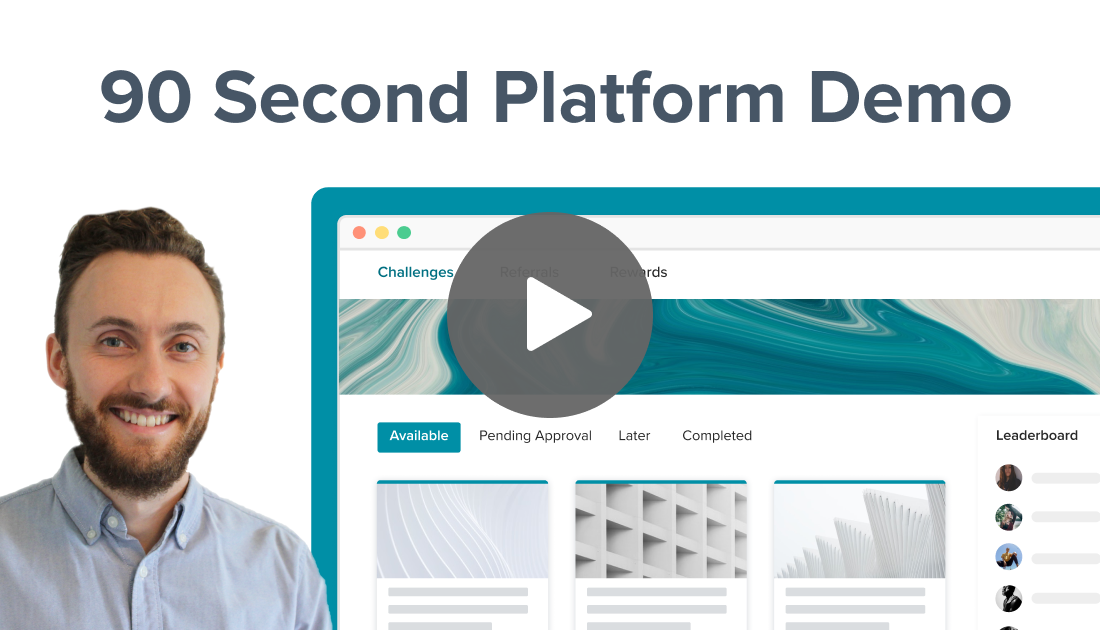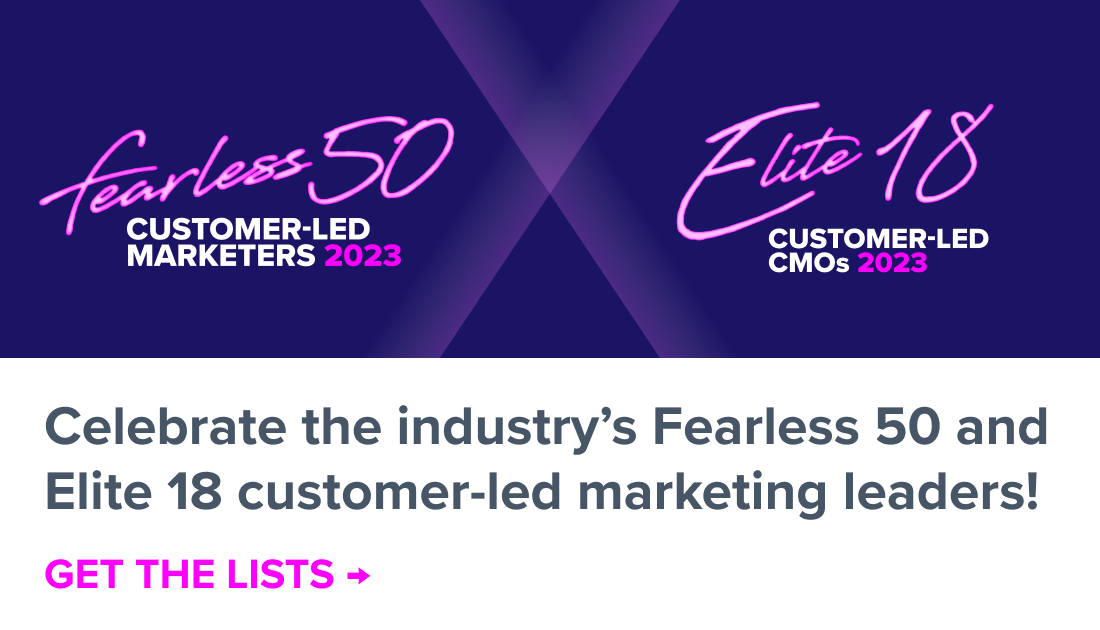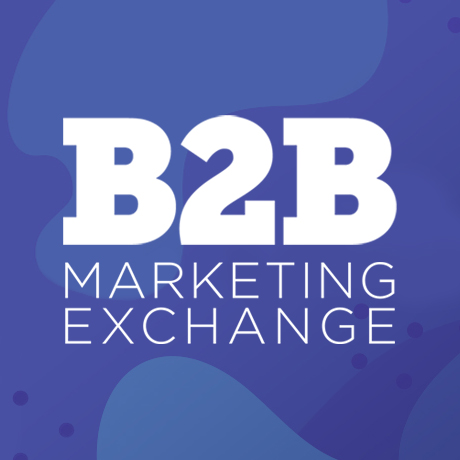Last week, Scottsdale, Arizona was abuzz with more than 1300 B2B marketers eager to get inspired by some of the industry’s best and brightest. This year’s B2B Marketing Exchange did not disappoint!
The event featured some great keynotes and workshops spanning topics including, how B2B brands can harness the power of fandoms, how to connect with customers in the digital age, and the great content-gate debate.
That’s not all attendees had to look forward to. The opening reception featured a fireworks display and a margarita bar.
##B2BMX Fireworks from #gondola with singing gondolier Brianno and amazing fireworks at killer conference‼️ fireworks Thank you @kmbrleestephens @izjay @MyHushly @MariaChien @agaffney pic.twitter.com/U1Xr2GenlI
— Jocelyn King⭐️ (@JocelynKing1) February 26, 2019
A handful of lucky executives also got a prime view of the Arizona desert as they were helicoptered into a moonlit dinner in honor of the newly announced Customer-Powered Alliance (more on that later).
If you didn’t have a chance to attend this stellar B2B marketing conference, we’ve broken down the highlights from some of our favorite sessions and the launch of the Customer-Powered Alliance.
Leading transformation with top notch customer experiences with DemandGen International’s David Lewis
 The opening keynote featured CEO of DemandGen International David Lewis’ talk “Agents Of Change: How To Win In The Age Of Transformation.”
The opening keynote featured CEO of DemandGen International David Lewis’ talk “Agents Of Change: How To Win In The Age Of Transformation.”
In the age of digital transformation, one thing B2B marketers have to get used to is change. “When you think about the buying experience and how its changed, there is an app for everything,” Lewis said. Companies need to prioritize customer experience as B2B buyers’ expectations have shifted along with the customer journey migrating online.
According to Forbes statistic Lewis cited, less than 25% of B2B companies currently focus on customer experience, making it a competitive advantage for those who get it right. “If you don’t have a company that cares about its clients,” Lewis said, “they won’t generate results. Customers now want convenience, value, quality, immediacy, choice, personalization, accessibility and affordability.”
The way to quantify customer success is through this equation: Customer Experience > Expectations + Value. “You need to beat customer expectations or you will not have customers anymore,” Lewis said.
A critical aspect of improving customer experience is to seek to eliminate friction areas in the customer journey. To achieve this, Lewis proposes a more streamlined way for B2B companies to work. He gave an early preview of what DemandGen calls the “Demand Factory” framework and it has the following four parts:
- Acquire: The area dedicated to giving prospects the information they need to make a purchase decision. Includes a mix of content, search and ad targeting strategies.
- Convert: The area dedicated to conversion, where marketing and sales ops—along with automation tools—play an important role.
- Measure: The area dedicated to determining whether sales and marketing efforts are effective, with the help of attribution models.
- Expand: The area dedicated to expanding revenue and customer base, which starts with current customers. According to Lewis, B2B organizations should be looking to their own customers when setting up ABM pilots.
Harnessing the power of fandom to create better B2B communities with best-selling author David Meerman Scott
 Keeping with the theme of B2B positioning strategies in the digital age, David Meerman Scott, author of “The New Rules of Marketing and PR,” shared some great insights in his keynote “Developing Fans In A World Of Digital Overload.”
Keeping with the theme of B2B positioning strategies in the digital age, David Meerman Scott, author of “The New Rules of Marketing and PR,” shared some great insights in his keynote “Developing Fans In A World Of Digital Overload.”
Though social media originally set out to keep the world connected through online communities, users have become so inundated with content that they scarcely make meaningful connections with other users on the platforms.
“The pendulum has swung too far in terms of superficial, online time when we are hungry for human interaction,” said Scott. “Social media is causing disruption, chaos, fake news, polarization, spam—this makes it difficult for us to reach people.”
To cut through this chaos and resonate with audiences, Scott proposes that B2B organizations look to cultivate fandoms. Think about the fervent enthusiasm surrounding pop culture phenomena like Harry Potter and Fortnite. B2B businesses can also access this same kind of fandom, Scott says. That is, provided they place their customers at the center of the fandom and not their product.
“Fandom is not about your products or services,” said Scott. “Fandom is about relationships with people—it is a shared emotion.”
One of the tips Scott has for companies looking to cultivate fandom is to let go of their creations. Once a company has released their product into the world, it is essentially the fans’ to own and transform. This is how fandom culture truly blossoms.
81% of Millenials and Gen-Xers decided NOT to download content because they did want to fill out the form. via @LinkedIn research. How many of the 19% input false info? Ungate the content! #b2bmx cc @dmscott #MQL
— Tim Washer (@timwasher) February 27, 2019
Another tip Scott has for B2B brands is to give gifts without expecting anything in return, as this drives fans’ desire to want to give back. One illustration of this is companies’ moving towards distributing ungated thought-leadership content.
Breaking free from boring B2B content with TopRank Marketing’s Lee Odden
 B2B communications tend to default to dull and jargon filled content—and it’s no one’s fault. It doesn’t help that B2B isn’t typically the most stimulating of topics, and when marketers get used to working in their own silos (as they often do), it becomes difficult to spot what could be considered “buzzwordy” or hard to digest content.
B2B communications tend to default to dull and jargon filled content—and it’s no one’s fault. It doesn’t help that B2B isn’t typically the most stimulating of topics, and when marketers get used to working in their own silos (as they often do), it becomes difficult to spot what could be considered “buzzwordy” or hard to digest content.
In his session “Break Free Of Boring B2B With Interactive Influencer Content,” CEO of TopRank Marketing Lee Odden broke down how marketers can get out of the cycle of boring B2B content and instead create infotaining content experiences. That’s where interactive and influencer content come in.
Odden pointed out that research shows 70% of marketers say they found interactive content formats to be more effective at converting site visitors. Buyers are also looking to people they trust when it comes to content sources—and that’s not companies. According to a DemandGen report, 65% of B2B buyers prefer credible content coming from industry influencers.
So what does interactive influencer content look like? Formats can include an interactive infographic, an interactive ebook or even a microsite equipped with an interactive voice assistant. Collaborating with influencers on content also creates a sense of mutual value.
Odden’s tips for getting started with interactive influencer content boil down to:
- Choosing a topic that is relevant to what your customers’ interests or pain points are and your brand’s expertise
- Selecting an interactive content type that makes sense for your topic, audience and objective
- Building strong relationships with influencers and leveraging these for promotion efforts and future engagement
Tapping into the “millennial mindset” to connect with customers in the digital age with iSocialFanz’s Brian Fanzo
 Brian Fanzo, founder of iSocialFanz, kept the digital transformation train rolling with his keynote “Millennial Mindset: How To Market, Collaborate & Connect With Digital Natives.”
Brian Fanzo, founder of iSocialFanz, kept the digital transformation train rolling with his keynote “Millennial Mindset: How To Market, Collaborate & Connect With Digital Natives.”
Fanzo highlighted the fact that “for the first time in history, we have four generations in the workforce. We have to understand Millennials and also bridge the gap to connect all the generations, capture their attention, and maintain their attention.”
But, seeing as the need to be digital is so strong that it transcends generational groups, it’s more helpful for marketers to see audiences not through labels like “Millennials” or “Gen Xers”, but in the categories of digitally plugged or unplugged consumers.
Fanzo characterized digital natives as:
- Being used to disruption (they don’t care that change is hard, they want to evolve and change for the better, and expect companies to do the same)
- Wanting to be a part of a community (no one trusts a brand or logo, they trust the people that make up your community)
- Highly collaborative (people don’t want to keep their knowledge to themselves, they want to share it with others)
- Prioritizing relatability (consumers don’t trust what they don’t know; marketers should look to shrink the gap between themselves and consumers)
At a time when the fight for brainspace is more competitive than ever, brands need to cut through the noise in order to stand out. Fanzo shared some tips on how to do this, some of which might surprise you.
“Content is not king,” said Fanzo. “Great content is king. We as marketers believe that everything we create is great. Our audience determines what great content is. Shrink the gap by doing something innovative and way out there.”
Fanzo says marketers should also do away with concerns over consumers’ attention span. If you create quality, compelling content, audiences will consume it regardless of its length.
Another piece of advice Fanzo has for B2B marketers is that trust is the game changer for 2019. “Every business today is in the business of trust,” he said. This comes with brands being transparent and giving their community a window into who they really are. Consumers aren’t looking for perfection, they want authenticity.
Perfection is a fairytale, default to authenticity! @iSocialFanz #B2BMX pic.twitter.com/zPLDFqjWcS
— Brian Anderson (@BranderSays) February 27, 2019
Embracing the power shift from companies to consumers with Forrester’s Steven Casey
 One of the final sessions saw Principal Analyst at Forrester Research Steven Casey speak about the shift of power from companies to customers in his keynote “How To Effectively Engage Today’s B2B Consumer.”
One of the final sessions saw Principal Analyst at Forrester Research Steven Casey speak about the shift of power from companies to customers in his keynote “How To Effectively Engage Today’s B2B Consumer.”
Much of the customer journey now takes place online, meaning that consumers are able to find all the information they need to make a purchase decision for themselves. “It’s vital to put the newly empowered customer buyer at the center of everything we do,” Casey said. “Our research shows that companies who do this perform better financially.”
With this newfound power, B2B buyers are beginning to reflect more of a B2C persona—there is more emotion involved in their purchase decisions and they prefer anonymity when gathering information on a particular product.
Today’s #B2B buyer has changed.
Our job as marketers is to help them, (not sell them). –@caseysteve @forrester #B2BMX pic.twitter.com/CwZB82JTqL— Richard Hill (@RHsays) February 27, 2019
Companies need to adapt accordingly and:
- Shift their brand promise to be customer centric and adopt the “helping versus convincing” mentality typical of customer service.
- Curate brand experiences with digital channels in mind—27% of tech buyers now use digital channels for making their initial purchase.
- Revisit the broken “contact for content” model—brands need to be open to giving up more of their content at an earlier stage of the customer journey, where prospective buyers aren’t yet ready to speak with a sales rep.
- Cultivate customer advocates within their current customer base—they are instrumental to building the sense of community B2B buyers now crave.
Launching the Customer-Powered Alliance in style
The B2B Marketing Exchange also served as the occasion to present the newly founded Customer-Powered Alliance, which includes Influitive, SurveyMonkey, Sendoso, TrustRadius and Point of Reference.
The Alliance was formed out of the collective belief that organizations should be customer-powered, and aims to provide expert thought leadership based on the combined knowledge and experience of these five companies.
To kick things off, the Customer-Powered Alliance invited 25 sales and marketing executives to an exclusive riverside dinner. They rode there in true style via helicopter, making for a memorable experience.
The evening consisted of some great conversations about the untapped potential of B2B customers, and the different ways organizations are incorporating customers, advocates, and partners into their business.
Expect to hear more from this group of experts in the coming months around what the Customer-Powered Alliance is and what we hope to achieve together.










































